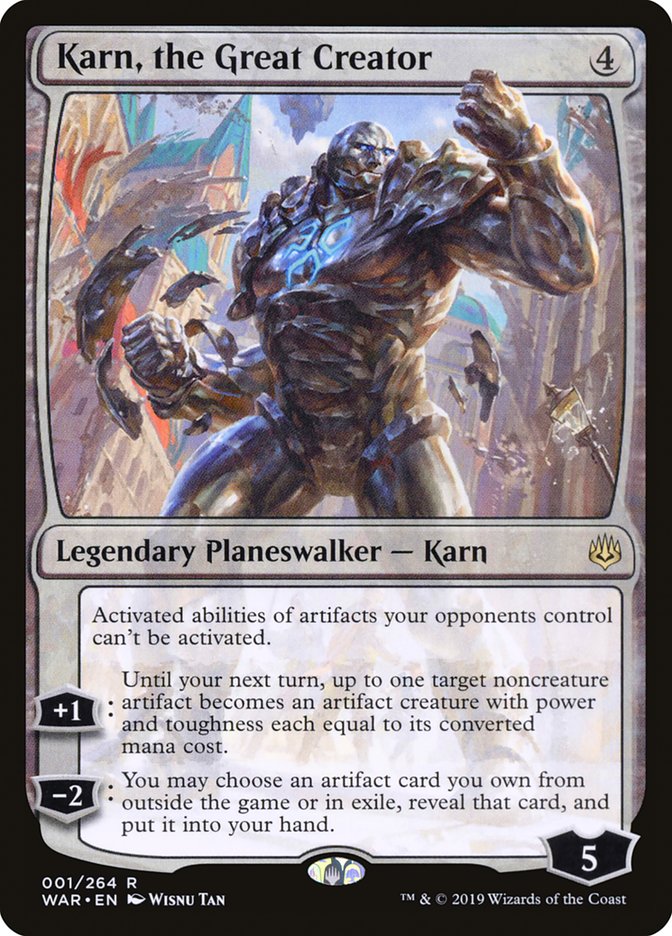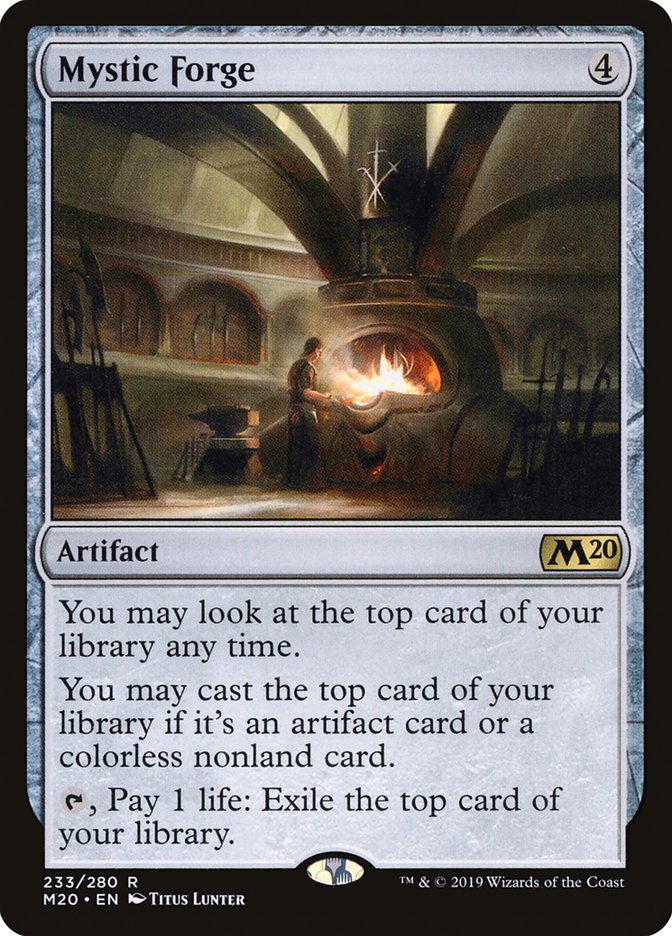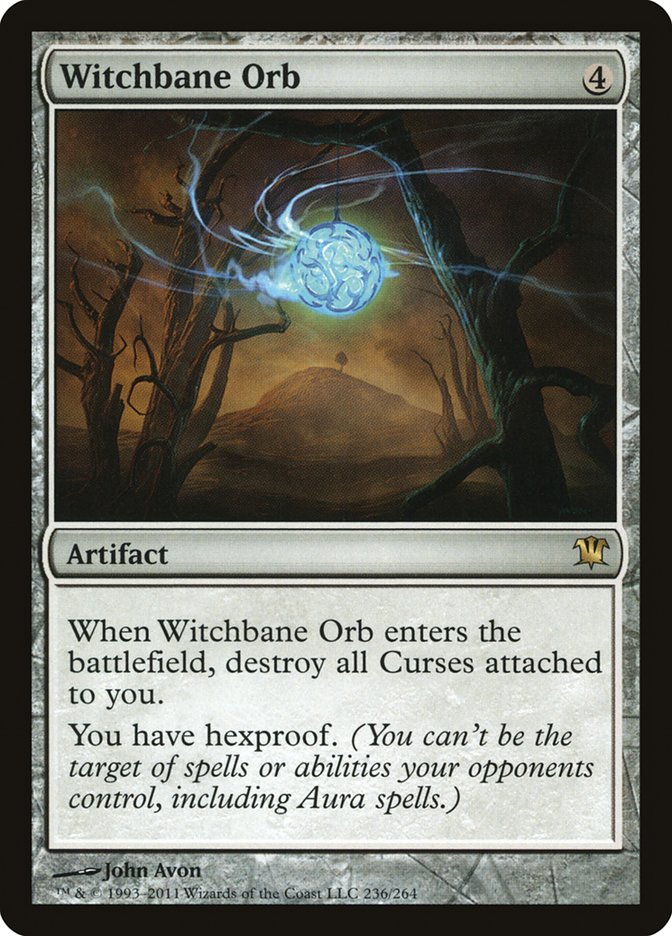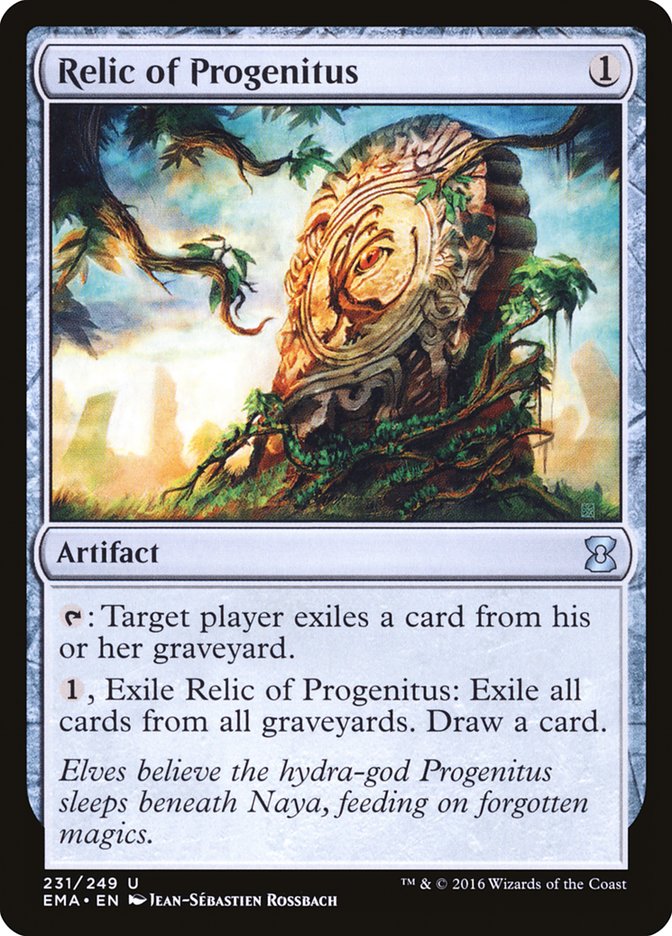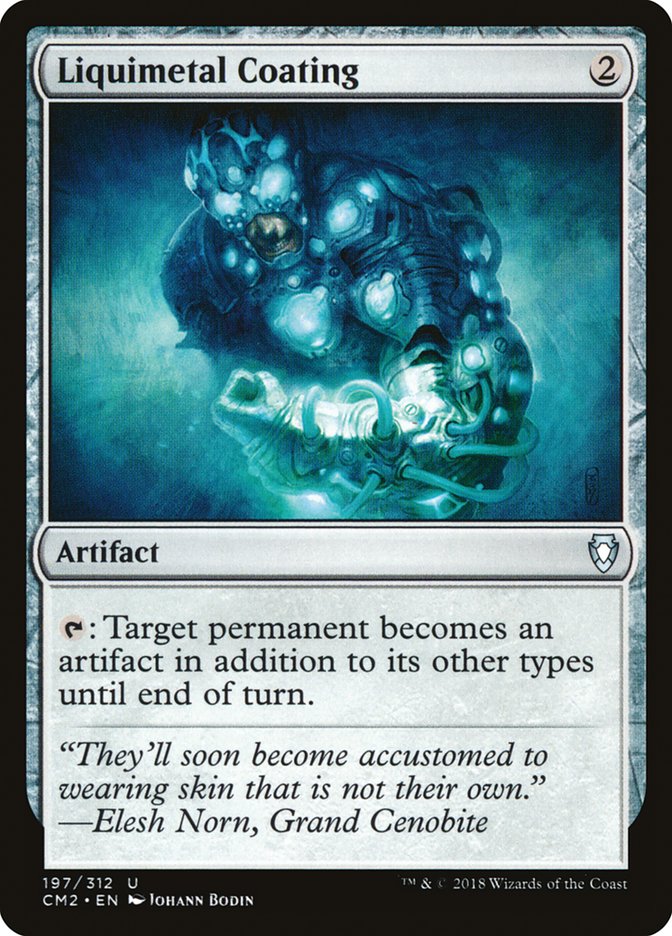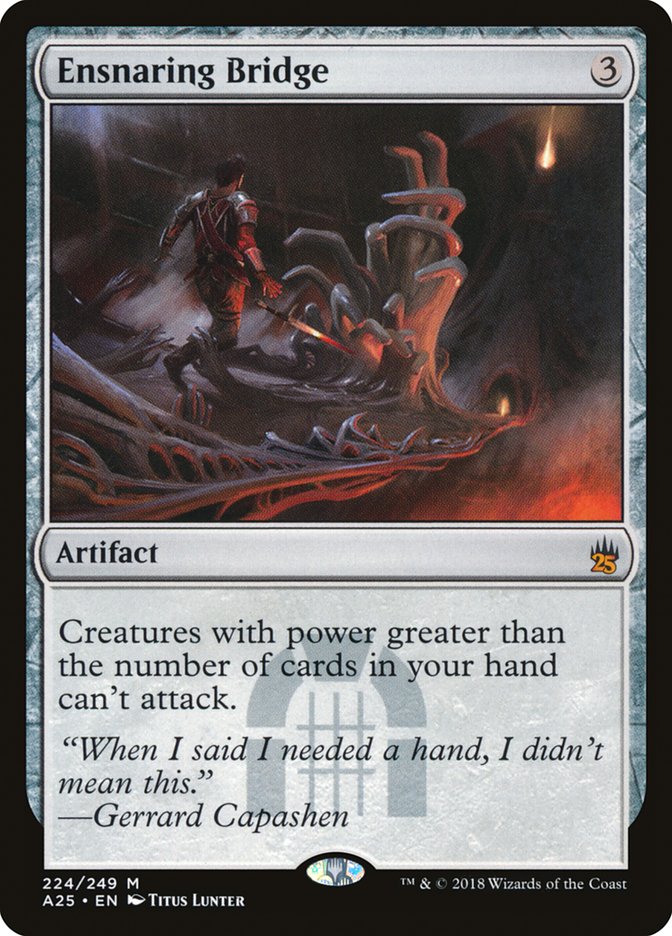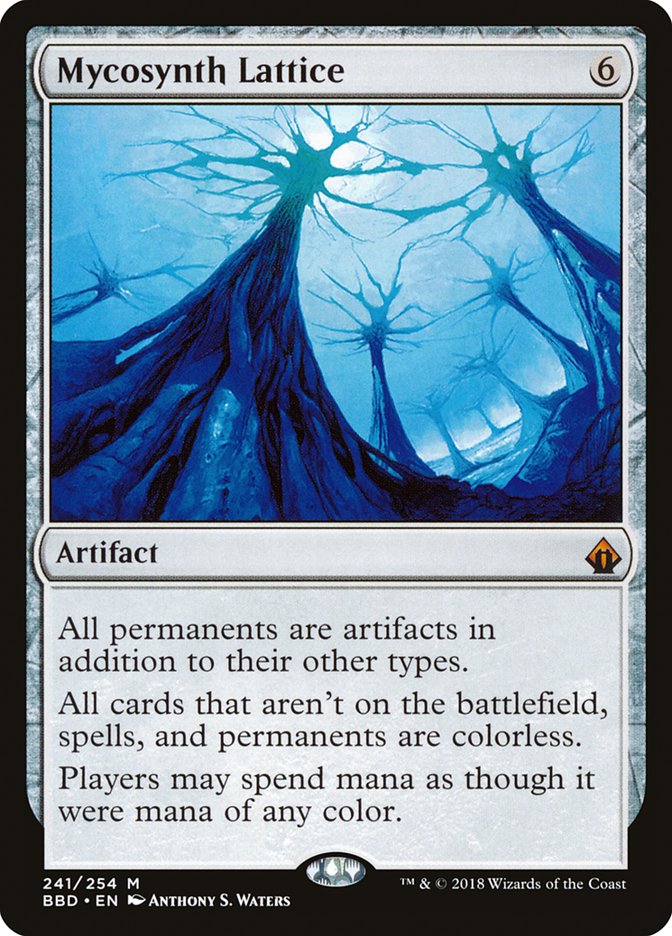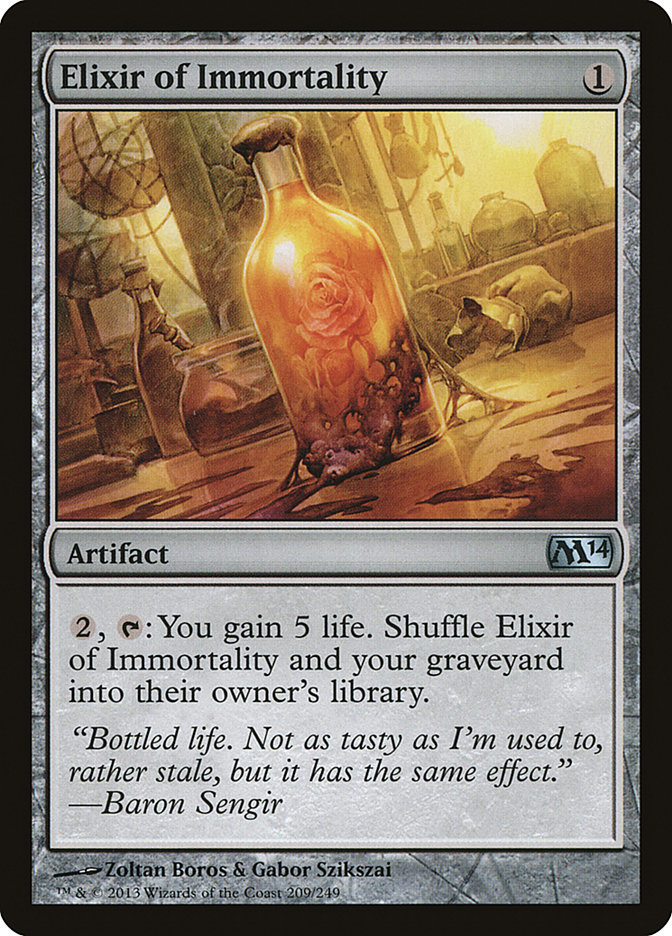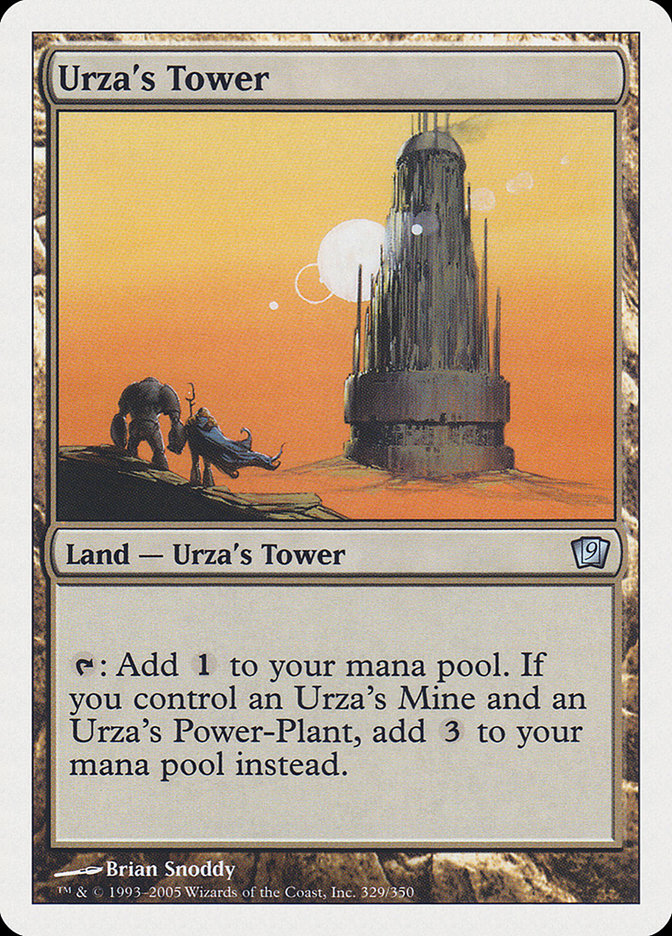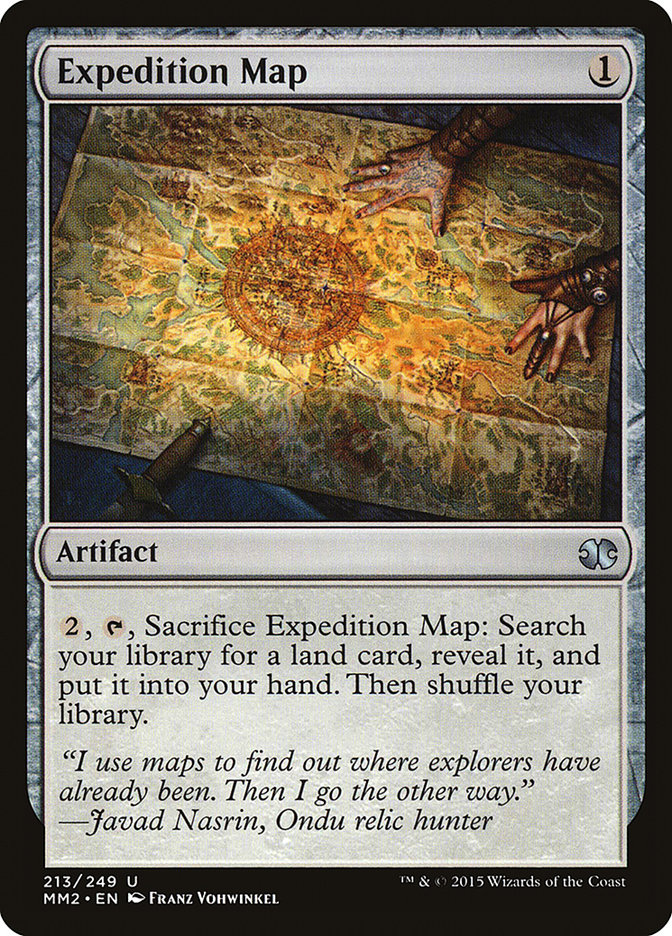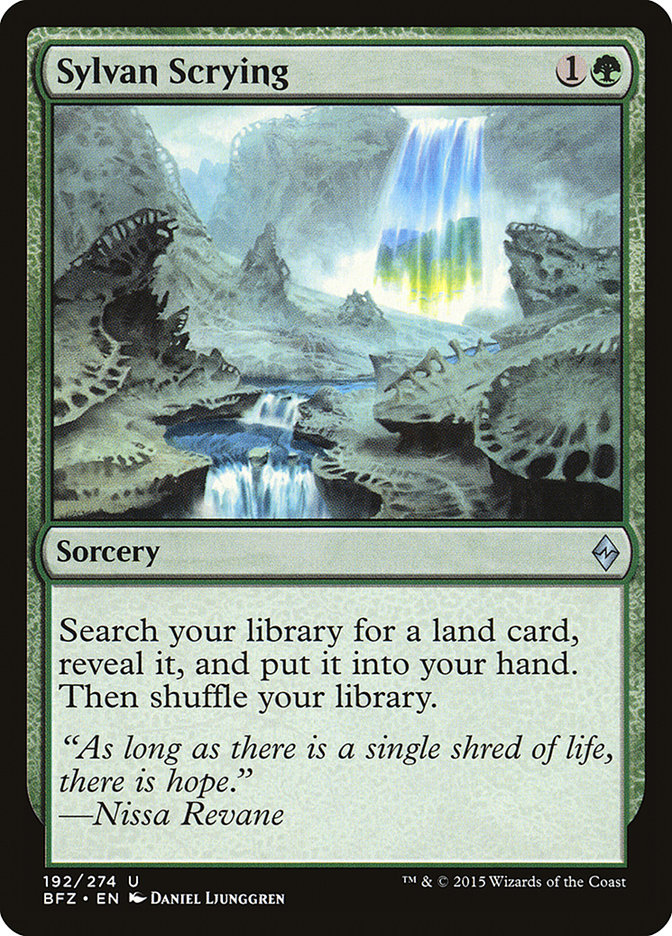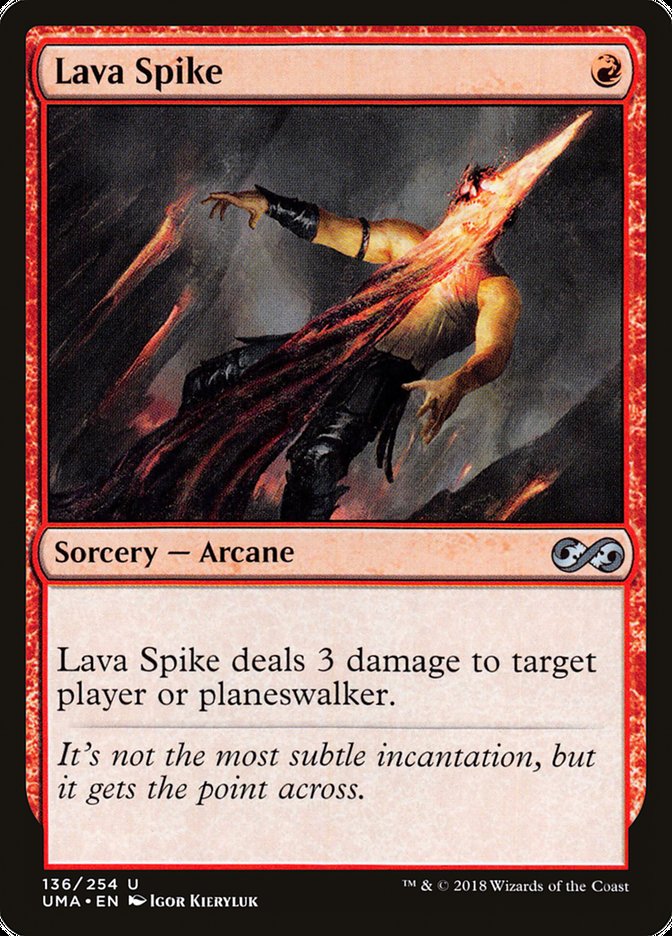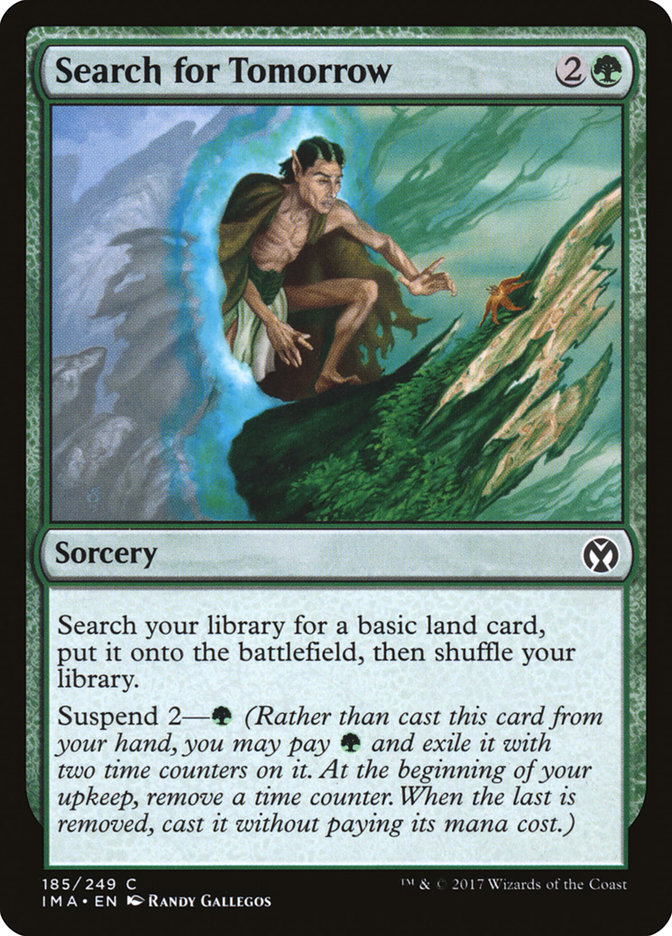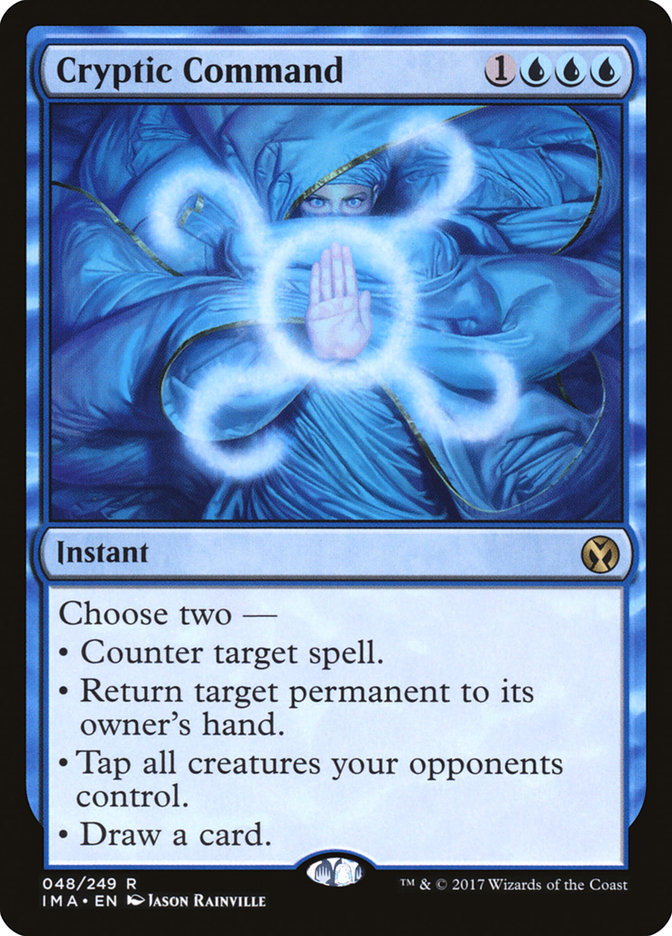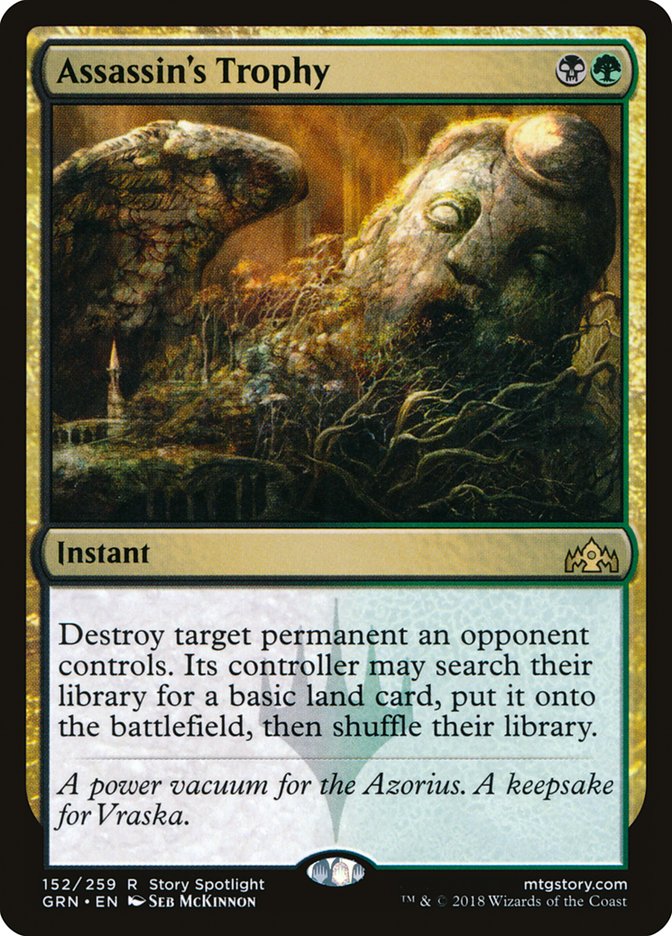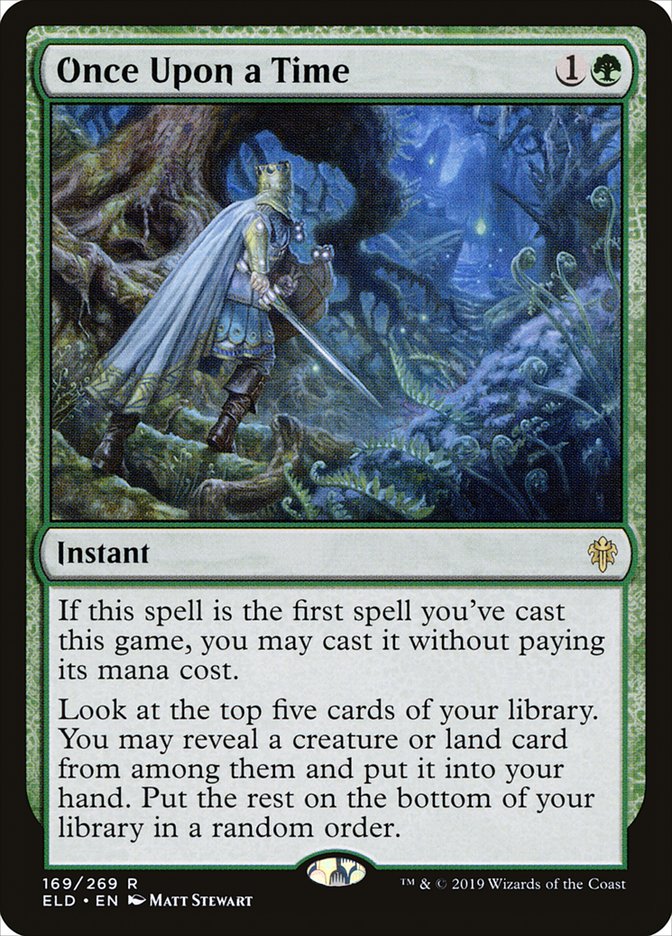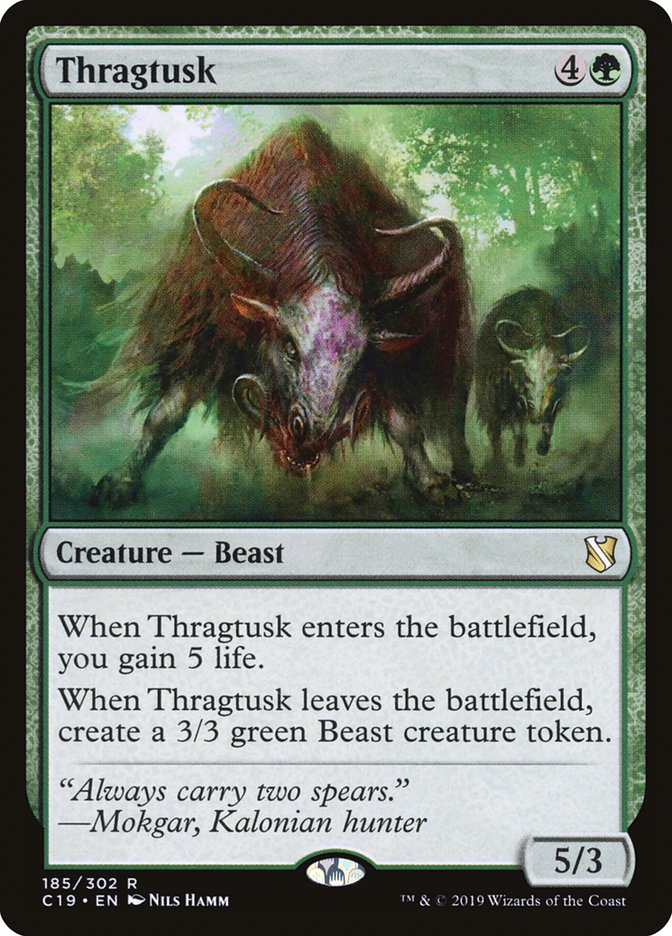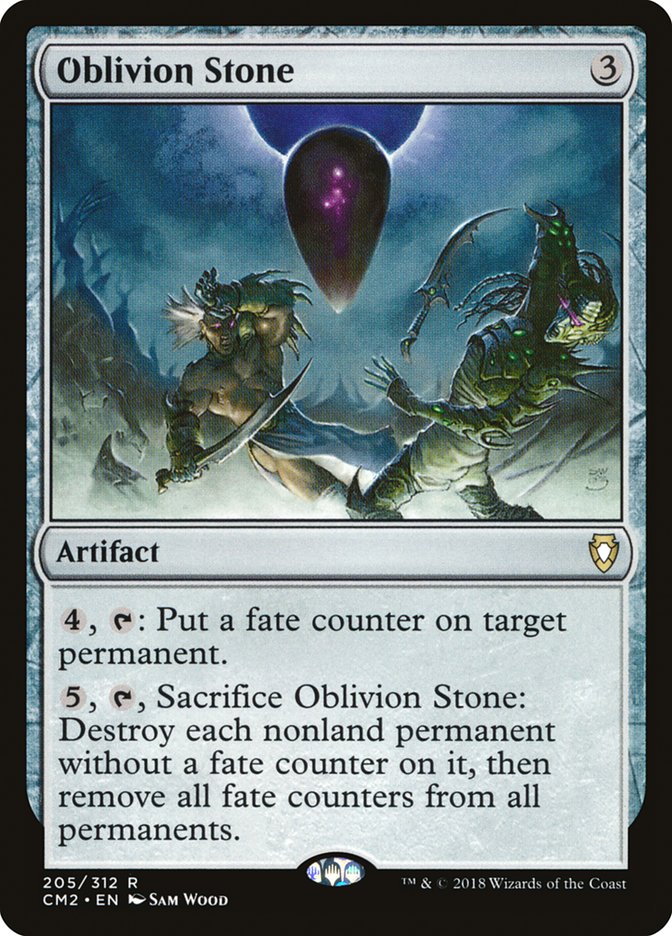Since the banning of Faithless Looting, I have been playing a ton of Mono-Green Tron in Modern.
The first major reason to play Mono-Green Tron right now is Karn, the Great Creator. Little Karn is cheap enough to be effective when your mana is under attack, good with Turn 3 Urzatron, and game-ending when you have ten or more mana. The Great Creator singlehandedly swings artifact matchups and gives you a very real chance against spell-based decks like Storm, Ad Nauseam, and Burn.
The only place Karn really underperforms is against go-wide creature strategies like Humans and Spirits. There is no reasonable silver bullet Mono-Green Tron can play against these decks, and they pressure Karn enough that the Mycosynth Lattice lock is difficult to arrange. Luckily, the unbanning of Stoneforge Mystic seems to have pushed tribal decks out of the metagame. With graveyard decks also out of the picture, Mono-Green Tron does not have a huge number of sideboard cards it needs to play, so the cost of playing a wishboard is lower than usual.
The other major factor behind Mono-Green Tron’s renaissance is that the London mulligan is really, really absurd for it. I know everyone knows this, but I think they don’t realize quite the extent to which it is true. In the past, Mono-Green Tron had a lot of matchups that could be described as “unfavorable unless you cast threat X or Y on Turn 3.” With the Vancouver mulligan, the Urzatron was assembled on Turn 3 less than half the time, and even then the Mono-Green Tron player often found themselves making unfavorable plays, such as casting Wurmcoil Engine into Path to Exile or Karn Liberated against Burn. But the London mulligan gives the deck obscene card selection through mulligans, allowing it to find a fast Urzatron and the right threat substantially more often than not.
Some people think Mono-Green Tron is unfavored against Valakut decks because it only wins if it casts some Karn on Turn 3. I think Mono-Green Tron is favored against Valakut because it wins almost every game it casts some Karn on Turn 3. Under the London mulligan, Mono-Green Tron has the best possible draw with obscene regularity.
Before I go too much further, let me provide my current decklist:
Creatures (9)
- 4 Wurmcoil Engine
- 1 Thragtusk
- 1 Ulamog, the Ceaseless Hunger
- 1 Emrakul, the Promised End
- 2 Walking Ballista
Planeswalkers (8)
Lands (19)
Spells (24)

I have been incredibly unimpressed by Ugin, the Spirit Dragon as of late. Force of Negation means that being a noncreature is a liability these days and the matchups where it is best have been either been banned (Dredge) or pushed out of the metagame (Humans). Ugin is bad in all of the pseudo-mirrors against other ramp strategies and uncastable when your mana is under attack, unlike Walking Ballista, little Karn, Oblivion Stone, and Wurmcoil Engine.
My current list has a somewhat random one-of Thragtusk in the main. The reason for this is that I wanted one more sideboard card than my wishboard would allow, and Thragtusk seemed like the least bad option to move to the maindeck. It doesn’t hurt that Burn is very popular right now, and randomly casting it before they bring in their Skullcracks is usually lights out.
The Wishboard
I have found that it’s very important to have access to a card that just accrues generic value for matchups like Jund and Azorius Control. Both those decks will attack your lands so it’s important for the card to be cheap. Resolved Forge is pretty absurd in this deck due to the amount of cantripping and shuffling we can do to clear the top card.
This card can often put Burn in a position where they must have Smash to Smithereens or lose. That’s convenient because you’ll often follow up by wishing for Mycosynth Lattice, putting them in the same position again. Witchbane Orb can also beat Valakut almost singlehandedly, as your deck rarely has trouble handling Field of the Dead tokens. In a pinch you can also use Witchbane Orb to prevent Liliana of the Veil’s ultimate.
Dredge is not dead; have some respect. Be aware that Karn can find cards in exile, not just from your sideboard. That applies to both Relic of Progenitus and anything your activation exiles.
Freeze a land on their upkeep, and then untap and destroy a land by turning it into a 0/0 artifact creature. Coating doubles as an answer Devoted Druid and planeswalkers, which is why I have left out Sorcerous Spyglass.
When you want them to stop attacking with big creatures.
Be careful: if your opponent is ahead on board, this card will not end the game if they can just attack Karn to death. Also, be wary of Collector Ouphe, as that card will prevent either player from casting any spells, which means the game will sometimes become extremely strange.
I really wanted a good card to find against Burn when casting little Karn on exactly Turn 3. Additionally, I wanted a way to play around Smash to Smithereens if the situation called for it. Two birds, one stone.
I most commonly find this card when I don’t have a random artifact to animate and I need to protect Karn from attackers. But Ballista also allows you to trigger Sanctum of Ugin, which usually ends the game in short order. Don’t forget that you can find Walking Ballista to finish off a Death’s Shadow player.
Mulliganing with Mono-Green Tron: General Principles
The single most common error people make when playing Mono-Green Tron occurs before the game even begins: they say the word “keep.” Mono-Green Tron is designed to be resilient to resource denial by having a ton of redundancy. It is incredibly threat-dense, with typical lists having around twenty threats, not counting Ancient Stirrings and the eight Chromatic Spheres and Stars that all cycle. In total, the deck is a little under a coin flip to either draw or cantrip into a threat every turn of the game.
What this means is that in Mono-Green Tron’s opening hands, only one thing matters: the ability to assemble the Urzatron. Because you are so likely to topdeck a threat, if you manage to assemble the Urzatron, it is going to work out most of the time. In a lot of matchups, the three-card hand of Urza’s Power Plant, Urza’s Mine, and Expedition Map is totally acceptable, and under the London mulligan, you have a very real chance of finding such a hand even after many mulligans.
As a result, I follow a series of heuristics focused on assembling Urzatron for mulliganing in Game 1. When considering a six- or seven-card hand, I first check if my hand assembles Urzatron on Turn 3. That means it contains two unique Tron lands and an Expedition Map; two unique Tron lands, a Chromatic artifact, and Sylvan Scrying; or three unique Tron lands. If my six- or seven-card hand does not contain one of these combinations of cards, I mulligan.
If my hand does contain Turn 3 Urzatron, then I consider its threats. On the play I keep if my hand has any threat or two or more cantrips. For the purpose of finding a threat, I consider all Chromatics to be cantrips, but I only count Ancient Stirrings if my hand has at least one Chromatic. This is because Ancient Stirrings without a Chromatic is not castable until Turn 4, which leads to fairly anemic draws.
In the brutally fast world of Modern, a threat on Turn 4 is often too slow when going second. On the draw, I employ basically the same “expensive spell or two cantrips” heuristic, but I do not count Turn 4 threats like Ulamog, the Ceaseless Hunger and Oblivion Stone. I thus keep only if I have a Turn 3 threat or two cantrips to back up my Tron.
Once I get down to five cards, my standards get substantially lower. On five, I will keep if my hand has two or more Urzatron pieces, defined here as Expedition Map, unique Urza’s lands, and/or castable Ancient Stirrings or Sylvan Scrying. I am aware that Stirrings is unreliable, but the ability to Stirrings into Map means it can often do the job if you’re willing to have a slower draw. The only caveat to this rule: if I need to play two or more non-Urza’s lands to assemble Urzatron, I mulligan. A hand like three copies of Sylvan Scrying and two Forests is simply too slow to win most games of Modern. I do not care about whether or not my hand has a threat when on this few cards; I just trust in my ability to find one.
The reason my standards get so much looser on five cards is to avoid simply mulling to oblivion every game. On seven and six, I’m searching for the nuts. On five and four, I’m hoping to play Magic.
Mulligans by Matchup
The above strategy will serve you well in the dark, but my plans change substantially once the matchup is known.
Against Burn, I do not keep on seven or six unless my hand has a good chance of producing Turn 3 Wurmcoil Engine or Karn, the Great Creator, or it involves Thragtusk. Thragtusk is by far the best threat against Burn, often putting a stop to their attacks and gaining a lot of life at once. Thragtusk hands tend to be keeps if they involve casting it on Turn 3, or Turn 4 with the potential to cast another threat first. I would also be inclined to keep if my hand was guaranteed to cast Thragtusk on Turn 4 on the play, but the details matter with such a hand.
When I get down to a low number of cards, I keep hands that have a shot at one of those draws, even if the shot requires them to get lucky. Something like Urza’s Power Plant, Chromatic Sphere, Urza’s Mine, Wurmcoil Engine, Ancient Stirrings is a keep against Burn, even though our hand is only good if Ancient Stirrings hits specifically Urza’s Tower.
Against ramp decks, I do not keep unless my hand produces a Turn 3 Karn of some sort. Karn Liberated will disrupt their mana until their deck is non-functional. Karn, the Great Creator will usually be able to buy a turn with Liquimetal Coating and then either use it to start destroying their lands or simply end things with Mycosynth Lattice. Against Valakut, Witchbane Orb can also do an excellent job of buying time. As I do against Burn, in these matchups I tend to keep fives if they have a chance at achieving one of the above draws, typically by having two unique Urza’s lands plus a Karn or by having full Turn 3 Urzatron and just hoping to spike a Karn.
Blue control decks exist at the opposite side of the spectrum from Burn and ramp decks. In these matchups, my first few threats are unlikely to resolve and my mana is going to be under attack by Field of Ruin. As a result, you need a larger volume of resources to compete. Against blue decks I tend to keep any hand with two or more Urza’s lands or ways to find Urza’s lands in an effort to start with more cards on average.
Against Jund and Golgari Midrange, I tend to mulligan like I’m facing a blue control deck on the draw, but on the play I follow more or less my Game 1 strategy. This is because Fulminator Mage, Field of Ruin, and Collector Ouphe all have no effect against a Turn 3 threat on the play and discard is fairly ineffective against Tron in general.
Once Upon a Tron
Once Upon a Time helps assemble Urzatron on Turn 3, and we already aggressively mulligan to those hands. Looking at five cards won’t always work, but it’s more reliable than you might think. I ran some numbers: a hand containing Expedition Map, Urza’s Power Plant, Once Upon a Time, and four expensive cards will assemble Urzatron on Turn 3 64.5% of the time on the play and 70.5% of the time on the draw. The key fact to remember when mulliganing is that finding either of two different Urzatron pieces is easy, but finding one specific piece is hard.
In order to make space, I plan to cut payoffs from the deck. In the history of Mono-Green Tron as a deck, we’ve never before had the option to play more land searchers. It would be quite a coincidence if the optimal number of land searchers was twelve, and Tron has enough threats that cutting a few is not going to cause any problems. Also, including more land searchers will increase your average hand size and your resiliency to most forms of interaction, which will somewhat mitigate a lower threat density.
I wish I could tell you precisely which threats should be cut, but I’m honestly not sure at this time. The Thragtusk is the worst card in the maindeck, so it should certainly go. The Emrakul, the Promised End gets sideboarded out a lot, yet is incredibly important against blue control decks. I might cut it, but it is definitely a loss. The second Walking Ballista is unnecessary and playing three Wurmcoils is worth considering if Burn becomes less popular, but I can’t cut all of those cards or else Once Upon a Time will miss on threats too often in the late-game.
To give you a sense of the numbers here: with eight creatures, Once Upon a Time is 52.5% to hit at least one creature, which in this case are all payoffs; with seven, it drops below a coinflip to 47.5%. I would definitely still play the card at that point, but it’s a very real cost to pay. In order to keep the creature count up, I think we could shave either Sylvan Scrying or noncreature threats like Karn Liberated and Oblivion Stone. Once Upon a Time is clearly better than Scrying, since it is at least as good at assembling Turn 3 Tron and half a payoff in the late-game. But it’s conceivable that the deck still hasn’t reached the saturation point on land searchers and playing all sixteen is correct.
If I was forced to lock in my SCG Philadelphia Modern deck list tomorrow, I think I would cut one each of Thragtusk, Emrakul, Oblivion Stone, and Sylvan Scrying for the full playset of Once Upon a Time, but only time will tell if that is correct.
Even if you take nothing else away from this article, I implore you to remember the mulligan heuristics! A few months ago, a friend of mine with virtually no Modern experience picked up Tron, learned how to mulligan, and qualified for a Mythic Championship. If you’re tired of trying to grind out your opponents in fair midrange mirrors or assemble complicated combos, stop worrying, mulligan to the nuts, and let Karn take the wheel. You won’t be disappointed.


